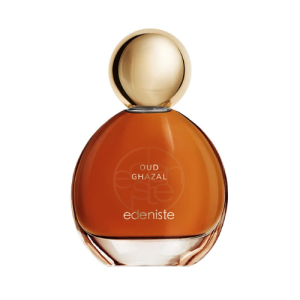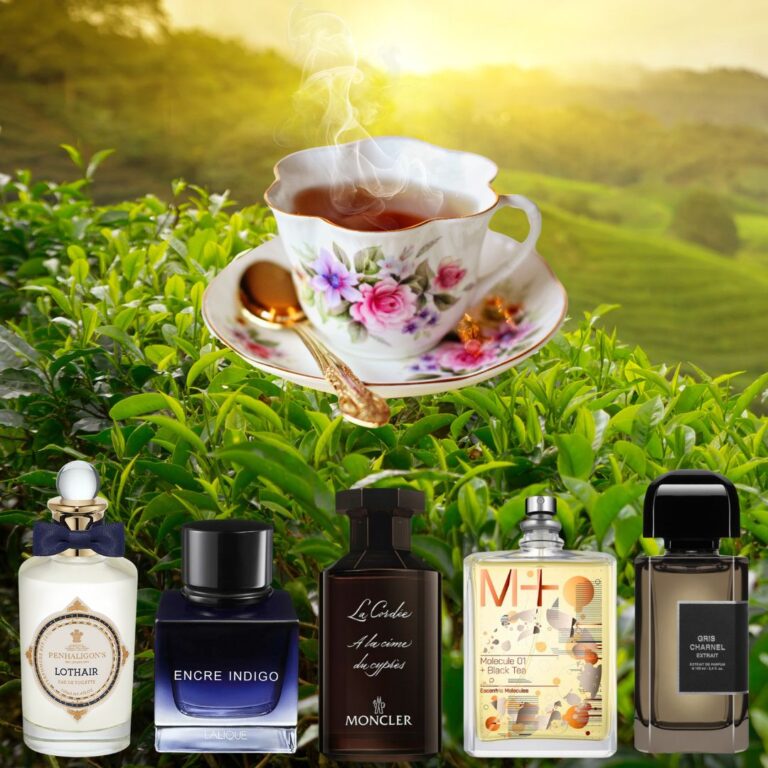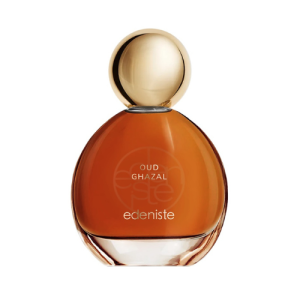Don't miss our holiday offer - up to 50% OFF!
Beginner’s Guide to Incense: History, Types, and Crafting Tips
Discover the rich history, diverse types, and art of crafting incense in this ultimate beginner’s guide. Perfect for curious minds and fragrance enthusiasts alike!
The Ultimate Beginner’s Guide to Incense: History, Types, and Crafting
Are you curious about the world of incense? Whether you’ve caught a whiff of it at a temple, experimented with it during your bohemian phase, or simply admired its calming presence at a friend’s home, incense has a rich history and a variety of uses that make it a fascinating subject. This guide will take you on a journey through the origins, types, and creation of incense, offering everything you need to know as a beginner.
The Origins of Incense: A Fragrant History
What’s in a Name?
The word “incense” comes from the Latin incendēre, meaning “to burn.” At its core, incense is simply plant materials (and occasionally animal matter) that are burned to release aromatic scents. Think of sandalwood—burning a piece of it for its fragrance is a classic example of incense in action.
The Accidental Discovery
The use of incense likely began by accident. Ancient humans used branches, leaves, and other plant parts to light fires and noticed that certain plants emitted pleasant aromas when burned. Over time, they began to mix these fragrant plants for special occasions, marking the birth of incense.
While the earliest documented use of incense was in ancient China, its traces have been found across civilizations—from Egypt and Greece to India and the Middle East. In ancient times, incense served a variety of purposes, from divine blessings and healing to enhancing personal allure. As historian Edward H. Schaefer aptly put it:
“In the medieval world of the Far East, there was little distinction among drugs, spices, perfumes, and incense—substances that nourished the body, the spirit, or attracted a lover or divinity.”
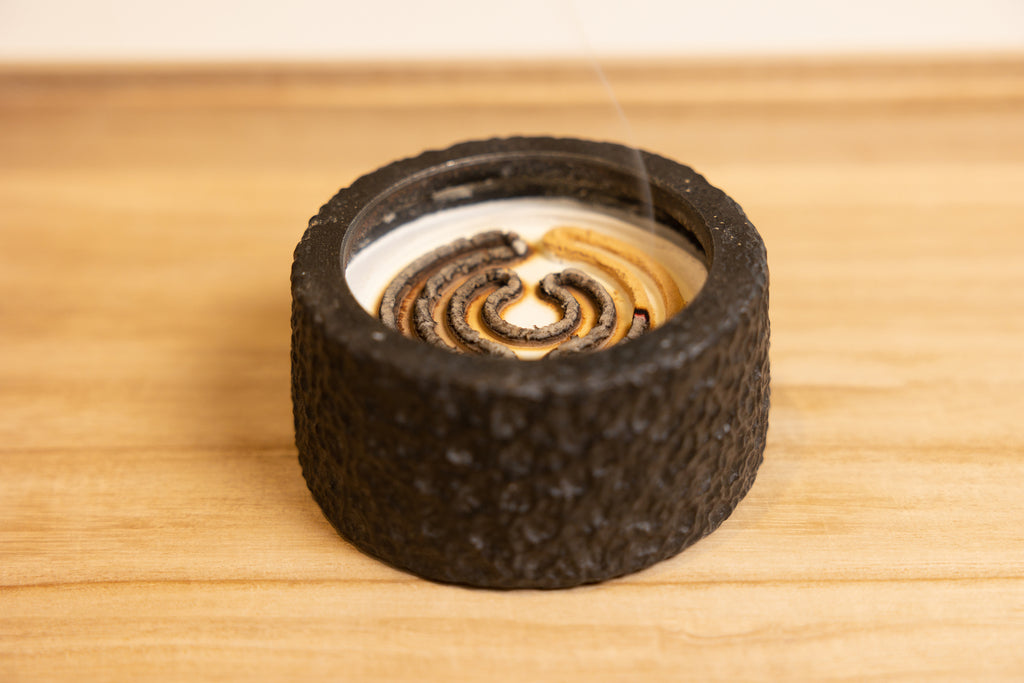
What is Incense Made Of?
The Two Key Ingredients
Incense consists of two basic elements: aromatic substances and a heat source. The aromatic materials can include woods, resins, seeds, roots, leaves, and flowers. In ancient times, incense was often burned in its raw form, such as sandalwood chips.
Today, incense is typically made into pastes or powders, shaped into sticks, cones, or coils. These forms are created by grinding aromatic substances and mixing them with a binding agent. For those interested in crafting their own blends, there are countless recipes to explore.
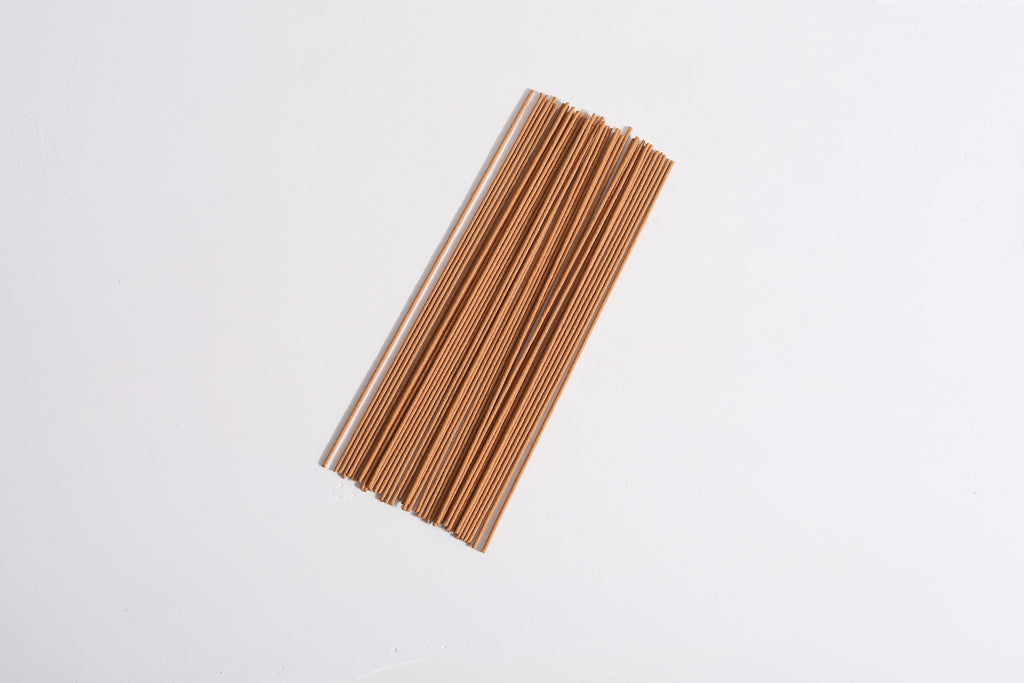
Types of Incense: A World of Shapes and Scents
Incense Sticks: With or Without a Core
Incense sticks are the most popular form today, with two main types:
- With a Core: These sticks, often associated with India, have a bamboo or sandalwood center. The bamboo stick is dipped into incense mixtures, creating a thick, fragrant body.
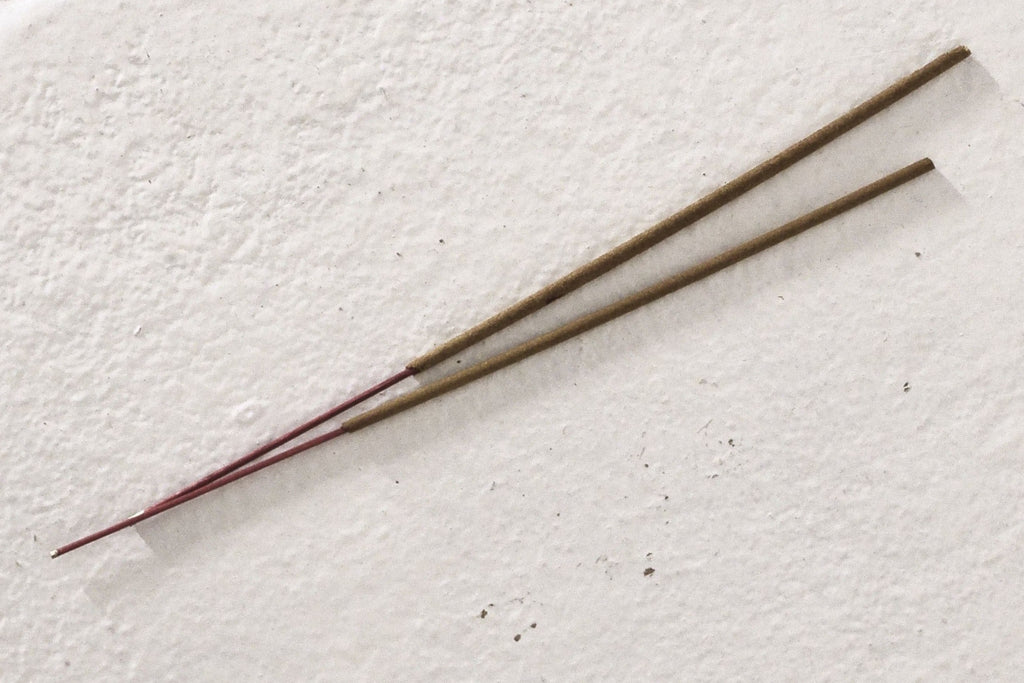
- Without a Core: Common in China, Japan, and Tibet, these sticks are made by rolling incense paste into shape and drying it.
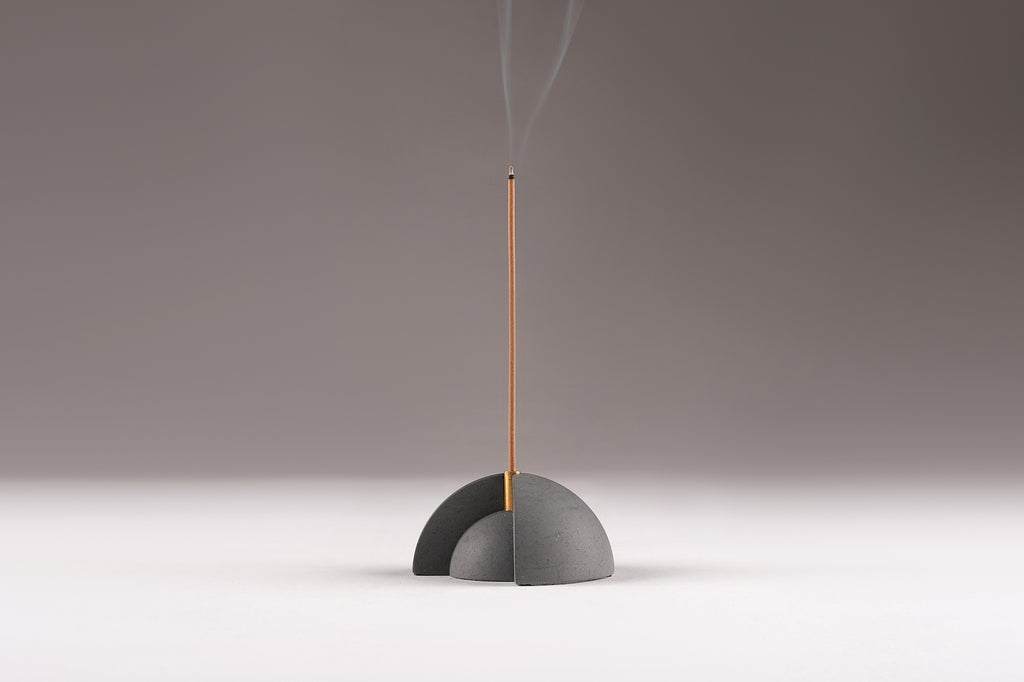
Other Common Forms
Incense can also take on other shapes, each with its own unique charm:
– Coil Incense: Spiral-shaped and often used for insect repellent.
– Cone Incense: Originating in Japan, these are widely used in Tibetan practices.
– Backflow Incense Cones: Designed with a hole to create a mesmerizing downward flow of smoke.
– Incense Powder: Burned in intricate patterns, a traditional Chinese practice known as zhuag xiang.
The Many Uses of Incense
Spiritual and Cultural Significance
Incense remains a staple in religious ceremonies worldwide. In China, it’s used in temples, shrines, and ancestral rituals. It’s also a common feature in events like store openings or moving into new homes.
Modern-Day Applications
Beyond its spiritual uses, incense has found a place in modern life. Many people use it to create a calming atmosphere for meditation, tea drinking, or reading. It’s also a popular choice for home fragrance, with incense burners doubling as stylish decor pieces.
Ready to Explore the World of Incense?
Whether you’re drawn to its rich history, its diverse forms, or its soothing scents, incense offers something for everyone. Why not start your journey today? Light a stick, sit back, and let the aromatic experience transport you to a world of tranquility.
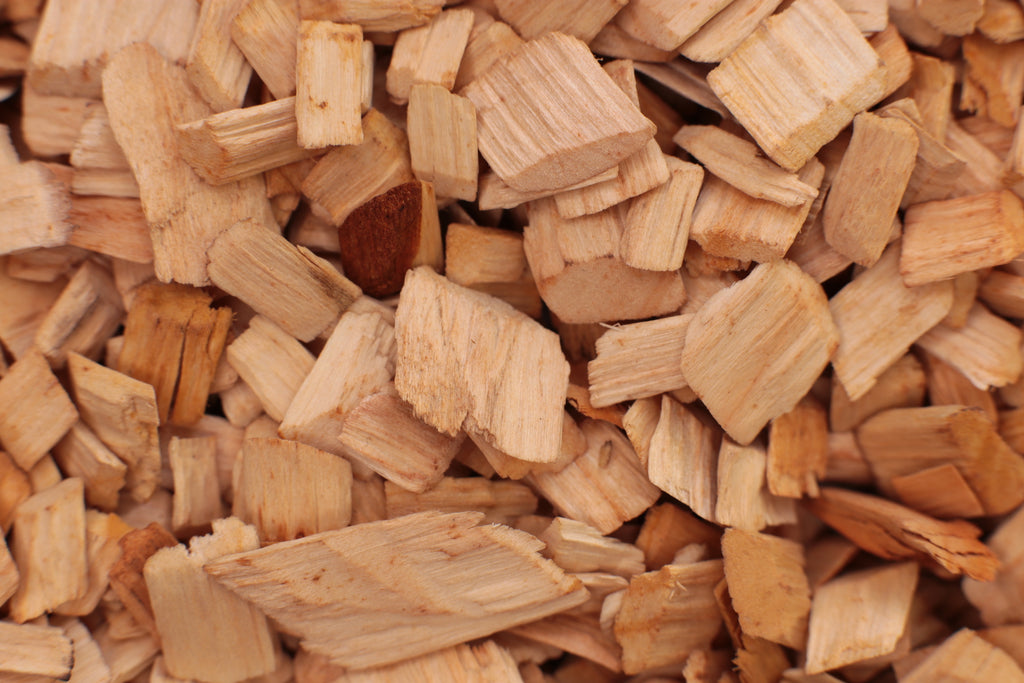
For more tips on using and crafting incense, check out our detailed guides on burning incense powder and creating your own incense blends.
Call to Action:
Ready to dive deeper into the world of incense? Explore our collection of premium incense products and start your aromatic journey today!


